Fire Damage To Wood Framing [Comprehensive Guide]

Get Cash Offer
We will get back to you as soon as possible.
Please try again later.
The structure of a building is the framework that supports the entire structure. The frame, or skeleton, of a home, office, or commercial space consists of wood and steel beams. These wood beams are usually made from trusses or rafters connected by joists (horizontal beams) and posts (vertical beams). A building's frame comprises these components to create a strong base. When selling a house with structural problems from fire-damaged wood or belongings, this article will help - with tips on inspection and damage care for windows, doors, and more, while safeguarding your personal belongings, possessions, and the contents of your property. Some essential tools and products, like a sponge, can make the job more manageable and help address issues more effectively.
When fire damages wood framing, it can be challenging to know if your home or office will be safe to live or work in again. Suppose you suspect that there has been fire damage to wood framing on your property, affecting both structural components and personal equipment. In that case, it may be wise for you to contact an experienced contractor who specializes in this type of work before making any decisions about rebuilding or repairing your property. These professionals can assess the residue from fire damage, such as char or flames, and recommend proper techniques and materials for repairs.
To clean soot or debris from the surface of the wood, use a damp cloth, and wear gloves to protect your hands. A sponge is also beneficial as it can effectively remove debris without damaging the wood further.
It's essential to take proper care of windows and doors, as they may have been affected by the fire damage. Clean the glass and frames thoroughly using appropriate cleaners designed for these surfaces. Utilize available tools and products to address any issues effectively and prevent further damage.

What Is Wood Framing?
Wood framing is made up of two main parts: studs and joists. Studs are vertical wood pieces that run from the top to bottom of your home or office. Joists run horizontally along with these studs, forming a network that supports the weight of your walls and ceiling.
There are two types of wood framing: finished and unfinished. Unfinished wood has no protective coating on its surface, while finished wood has a protective layer to prevent moisture damage and stains over time.
How Does Fire Damage Wood?
Fire-damaged wood can be treated in two ways: with heat or chemicals. Heat treatment involves applying heat directly to the wood to heat up and dry out. This method effectively cleans up after small fires but is unlikely to work on more significant burns.
Second, as the temperature rises, so does the rate at which water evaporates from wet surfaces. This way, fire increases water evaporation by more than 15 times its average rate! With no water available to resist decay, wood becomes more susceptible to insects, fungi, and bacteria attacks.
The appearance of burnt wood can be improved by utilizing proper cleaning and restoration techniques. Employing the right tools and products can make a significant difference in the outcome.
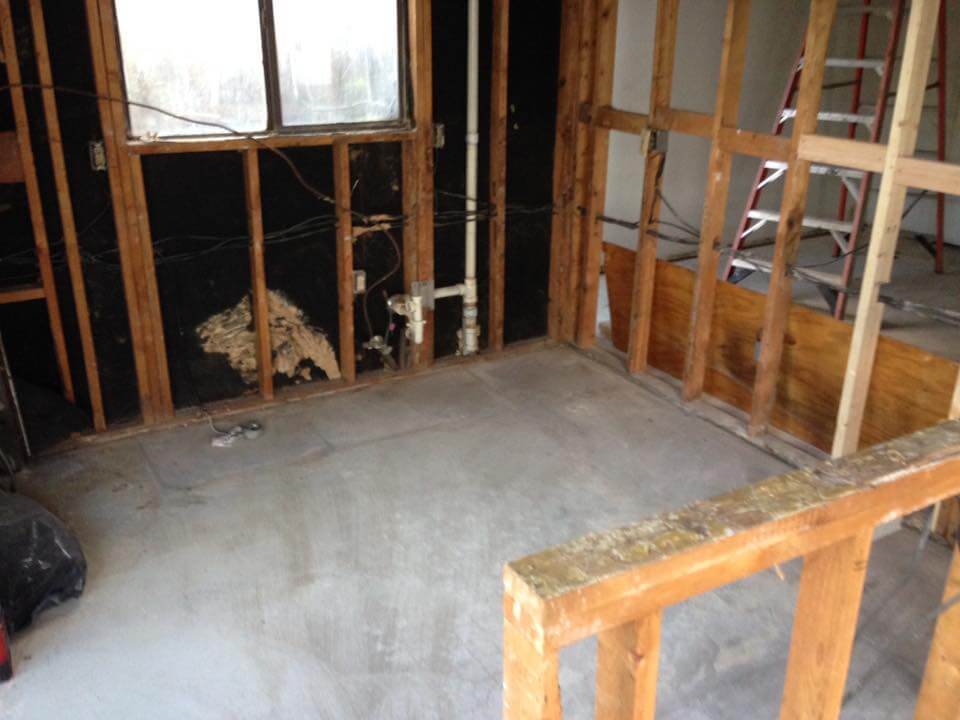
How Do You Inspect Fire Damage?
If you have a fire damage claim, the first step is to inspect the property. You'll want to look for:
- Signs of fire, such as charring and smoke smells and stains on walls, ceilings, and floors.
- Water damage from fire hoses or sprinklers.
- Damaged electrical wiring or appliances may have been left on during the fire.
- There is evidence of smoke damage inside wall cavities (look for discoloration behind wall coverings).
- Evidence that water has been used to fight fire (e.g., water puddles or stains on carpets).
- If you see signs of fire damage, call a professional inspector who can determine if your home needs repairs before you move back in.
- When selling a house after fire damage in locations like Orlando,-it's critical to inspect any fire-damaged wood after a fire.
How Do You Treat Fire Damaged Wood?
Fire damaged wood can be treated in two ways: with heat or chemicals. Heat treatment involves applying heat directly to the wood to heat up and dry out. This method effectively cleans up after small fires but is unlikely to work on more significant burns.
Chemical treatment involves using special chemicals to clean up the wood and make it safe for use again after a fire occurs inside your building. This option is usually more effective for larger fires since it doesn't require as much time as heat treatment does.

How Do You Seal Wood After Fire Damage?
There are many different ways you can seal fire-damaged wood. For instance:
You can use an oil-based stain or paint on your wood frames to keep them looking great while protecting them from moisture damage. Applying a fresh coat of paint can make a significant difference, creating a barrier between the wood and the surrounding air, and giving your frames a new focal point.
You can use acrylic paint specially formulated for sealing wood frames after being damaged by fire or water damage. This type of paint will fully seal all cracks and crevices found within your frame so that moisture cannot seep through any openings that were once present before the fire occurred in your home or business. Most expert painters will recommend this approach to those looking for a reliable solution.
If you want something more permanent than just using exterior paints or stains on your frame, you may want to consider using a gel stain instead of using a standard stain. This type of stain will penetrate deep into the pores of your wood frame so that it seals everything uptight, keeping out any moisture that may try to make its way inside of your home or business after being exposed to fire damage.
You can use a mild soap and water solution for this purpose, which is often a suitable cleaning solution for homeowners in residential situations where smoke damage affects various rooms, like the kitchen or attic. In cases where smoke damage is not too severe, it's just a matter of clearing away residue from equipment, paper, and other space items without leaving a strong odor. A lot of attention should be given to areas affected by sand or dirt, which can further worsen the damage.
How Do You Treat Smoke Damaged Wood?
If your wood furniture or floors have been damaged by smoke, it's essential to act quickly to clean and restore them. The first step is to remove any soot or debris from the surface of the wood. You can use a soft cloth or brush for this purpose.
Next, you will need to neutralize the smoke odor. It can be done by using a commercially available odor neutralizer or placing bowls of white vinegar around the affected area. Once the smell has been neutralized, you will need to clean the wood to remove fire residues. You can use a mild soap and water solution for this purpose.
Finally, you will need to refinish the wood to restore its original beauty and strength. This process may require sanding and staining, depending on the extent of the damage. By taking these steps, you can effectively treat smoke-damaged wood, such as alcohol-stained furniture parts. Don't forget to consider the age of the wood and the insulation attached to it, as these factors may affect the results.
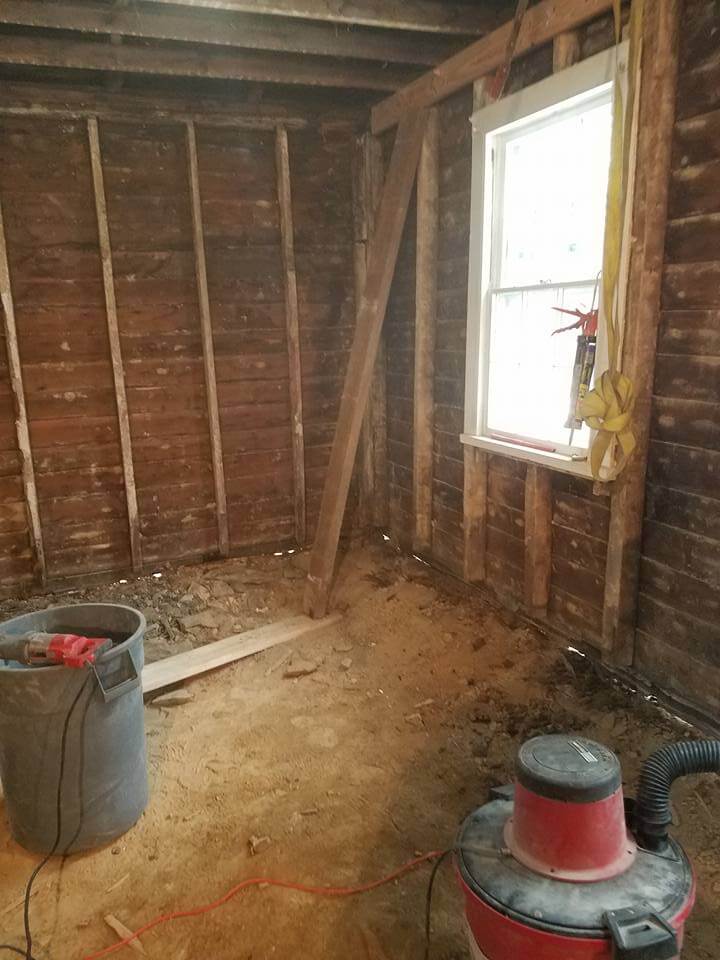
What Do You Spray On Wood After Fire?
Spray on Firewood Cleaner is specially formulated for use on wood after a fire or smoke damage. The product contains powerful cleaning agents that will remove loose soot, ash, grease, and smoke stains from wood surfaces without damaging them further. It also has conditioners to protect your wood from future damage caused by smoke odors, bacteria, moisture, and UV rays.
The sprayer allows you to apply the product directly onto your walls with precision control over where it goes, so you don't waste any product or use more than necessary.
Can You Paint Over Fire Damage?
It depends. If the damage is severe enough, the best thing to do is remove the damaged material and replace it with new.
However, if the damage is minor and you want to cover it up, you can paint over it. Just make sure that you follow all the recommended steps when painting over fire-damaged wood. Paint choice, application methods, and a variety of other things are vital, so consult with professionals if needed to ensure the best value in your treatments.
WE CAN HELP WITH ANY SITUATION AND WE'RE READY TO GIVE YOU A FAIR CASH OFFER!
Enter Your Information Below it is Quick, Easy & Free!
Get Cash Offer
We will get back to you as soon as possible.
Please try again later.
Can You Repair Floor Joists?
Yes, but it depends on the type of wood framing you have and how much damage has occurred. If your home has hardwood floors, such as oak or maple, then the answer is yes. Hardwoods are strong and hold up well under stress. However, softwoods like pine are more susceptible to warping and splitting when exposed to extreme heat. It is important to discuss your specific situation with an industry professional, who can provide a variety of treatment options to suit your needs.
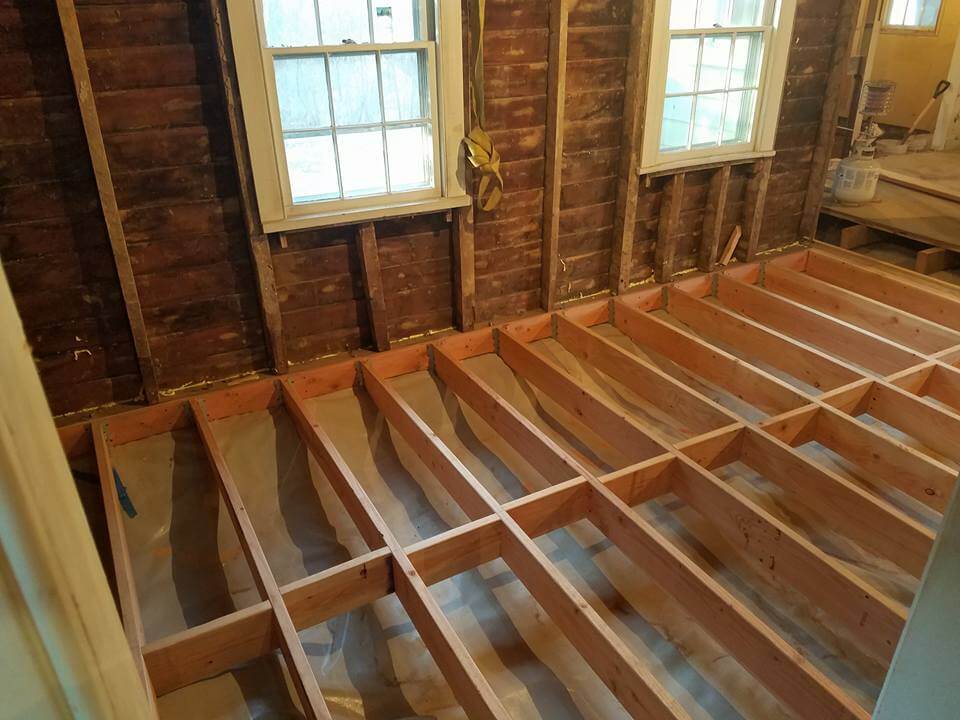
How Do You Replace A Burnt Floor Joist?
The first step in replacing a burnt floor joist is to remove the damaged section by cutting it out with a saw. Then, you need to cut a new piece of lumber that is the same size as the old joist and attach it using construction adhesive and nails. The next step is installing new plywood on top of the joist, then installing carpet or wood flooring. Remember to consult with an engineer to ensure that the new joist meets all necessary safety and quality standards, and be open to a variety of treatments for the best outcome.
How Do You Fix A Fire Damaged Roof Truss?
If you need repairs on your damaged roof trusses after a fire, there are many steps involved in getting them back into good shape again:
- Evaluate the damage
- Remove debris from the site (if applicable)
- Check building codes for safety requirements regarding ventilation of smoke and fumes from damaged areas
- Make sure that any openings created by removing debris don't compromise the structural integrity of the roof trusses.
Is Charred Wood Stronger?
Yes! Charred wood is stronger than uncharred wood because it's been heat-treated to remove moisture from its fibers and make them harder than untreated wood. But keep in mind that even though charred wood may look strong enough for reuse, you should still scrutinize each piece before using it as part of your reconstruction project or repair work, because there could still be hidden damage hiding beneath its surface appearance, and the value of using it may be compromised.

Does Charring Wood Make It Harder?
Yes, charring makes wood harder because it increases its density by changing the structure of its cells from cellulose to lignin and carbon. Charred wood feels stiffer than uncharred wood; it simply weighs more because there are more lignin and carbon molecules in each cell wall than cellulose molecules, providing added value to the wood's strength.
Does Charring Wood Weaken It?
Wooden posts rot when an untreated part of the wood is exposed to the fungus. The center of the post, which is not charred, deteriorates just as quickly as the rest of the wood. Charging the post deep enough to resist decay will be much weaker than an ordinary post, so it's important to consider a variety of treatment options to prolong the wood's integrity.
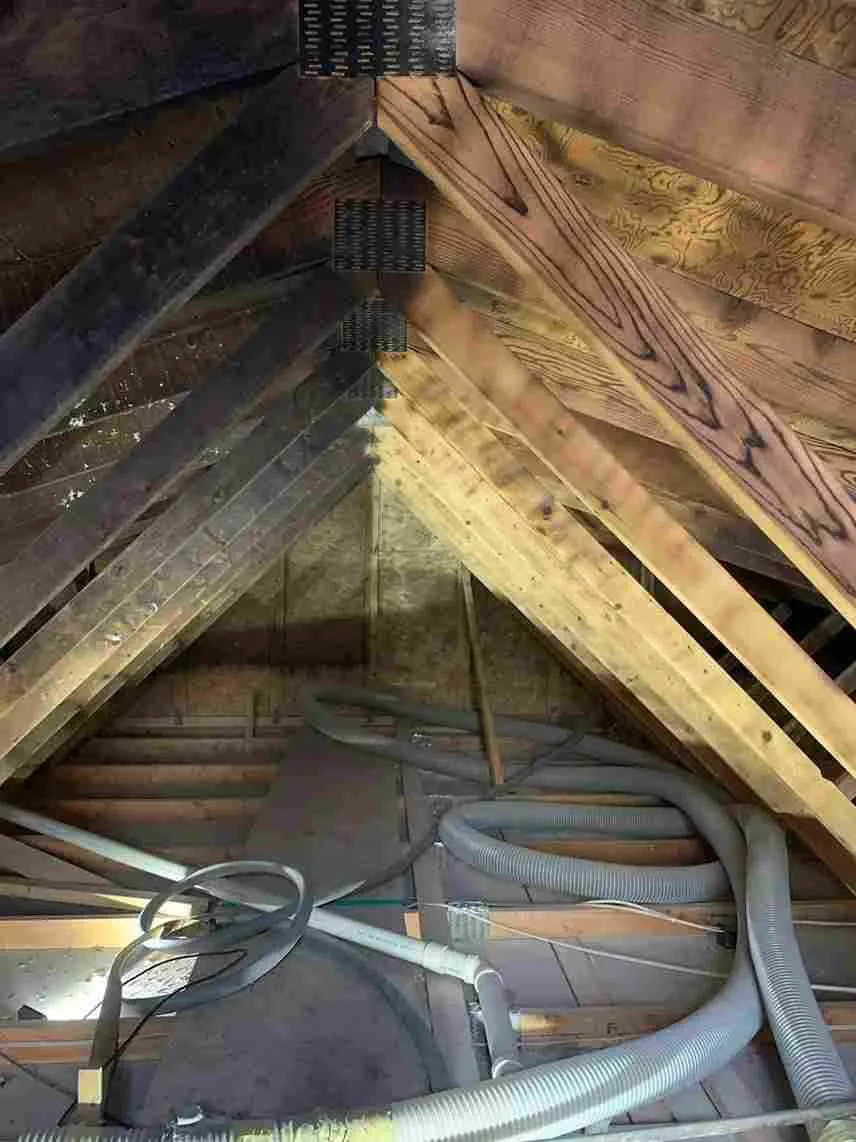
Does Charred Wood Last Longer?
Charred wood has a longer lifespan than untreated wood. Fire-damaged wood can last for about 30 years. It is because charring helps to preserve the wood from decay.
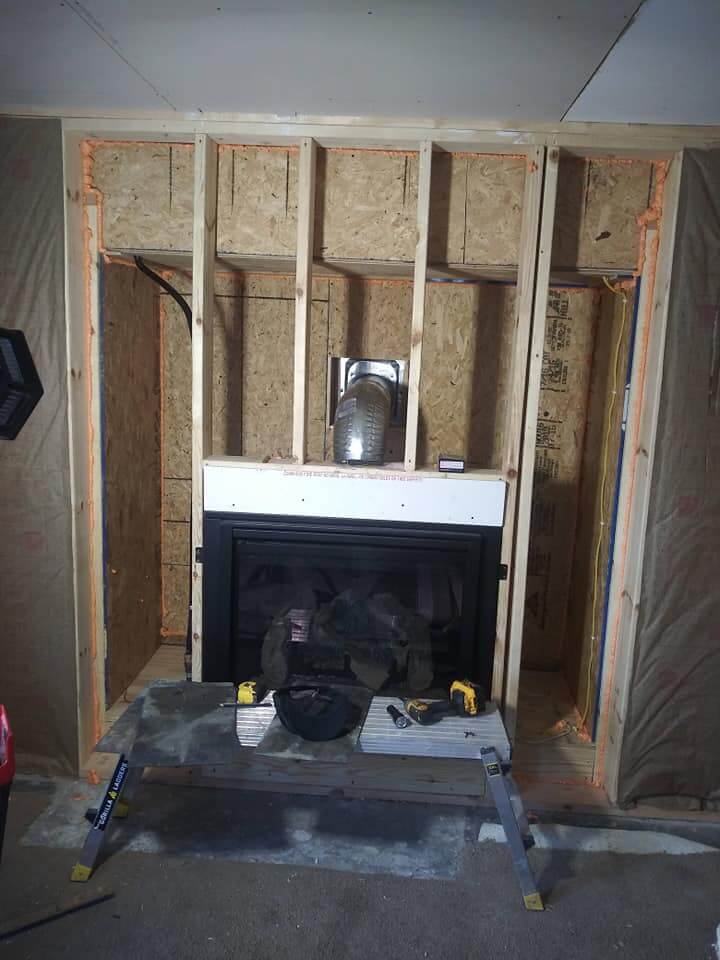
Does Fire Destroy Wood?
Yes. Fire will burn through almost any kind of wood and cause irreparable damage. The heat from the flame causes the fibers in the wood to expand and contract quickly, which can result in cracks, splinters, and warping.

Get Cash Offer
We will get back to you as soon as possible.
Please try again later.

Happy Customers



All Rights Reserved | Fire Cash Buyers
